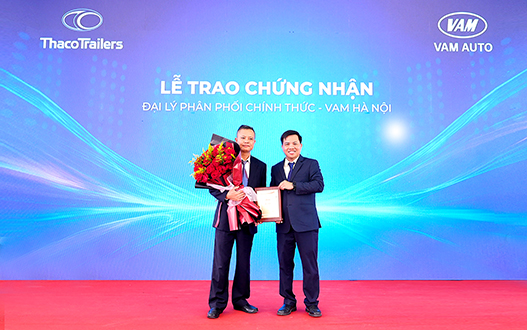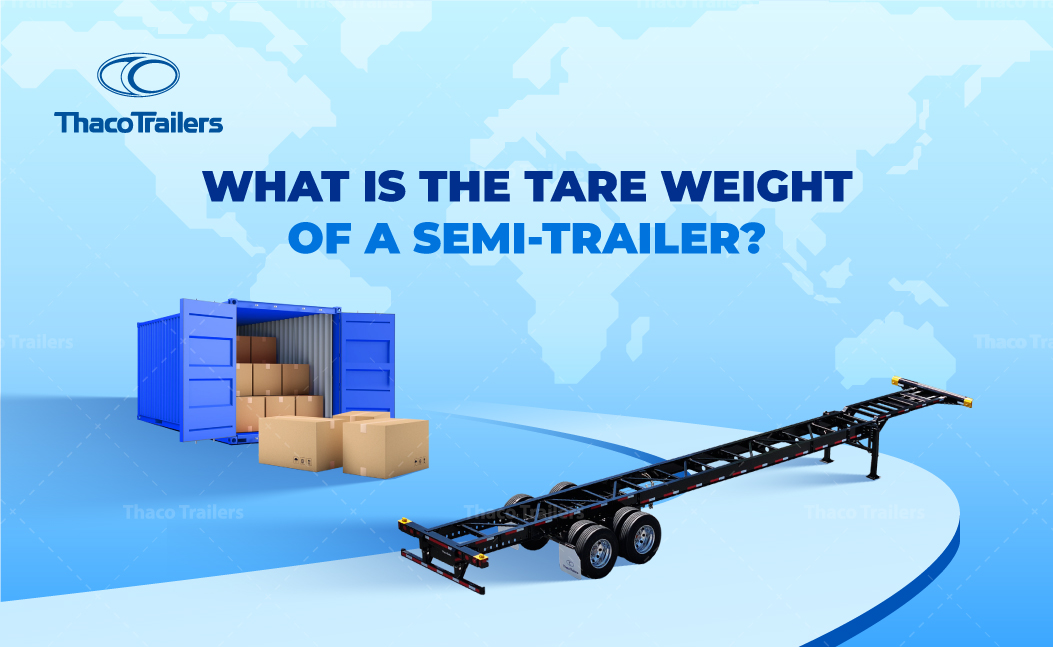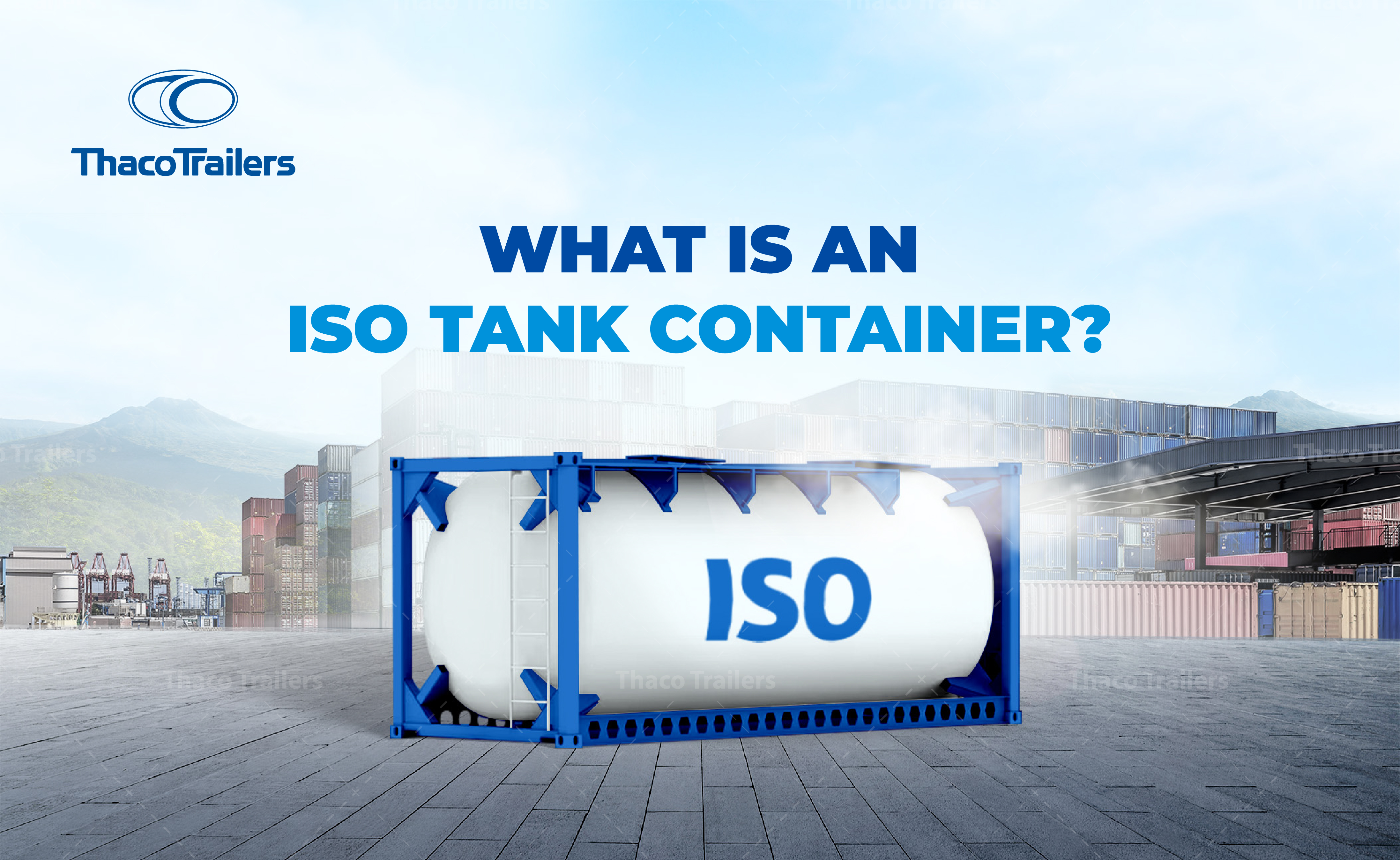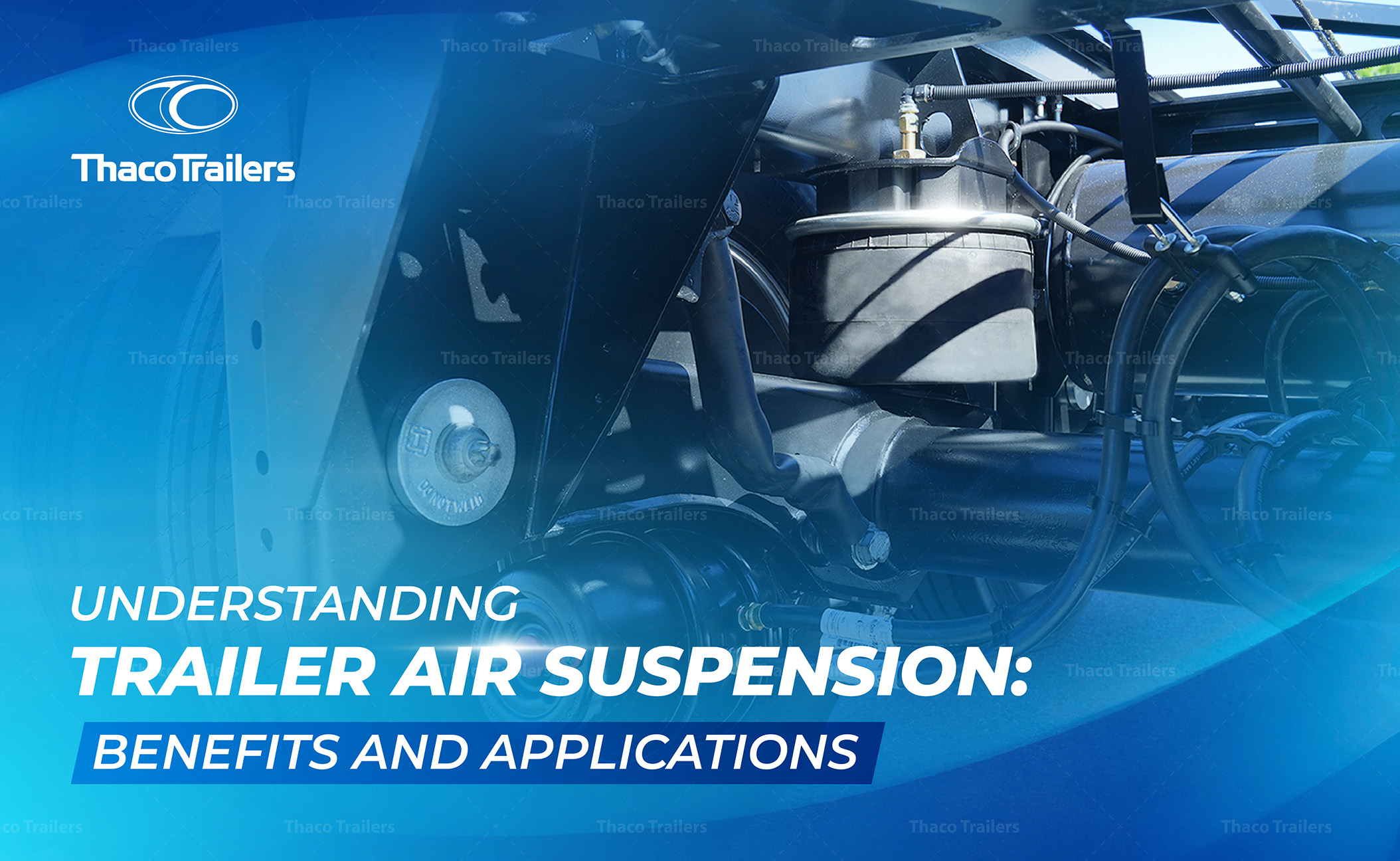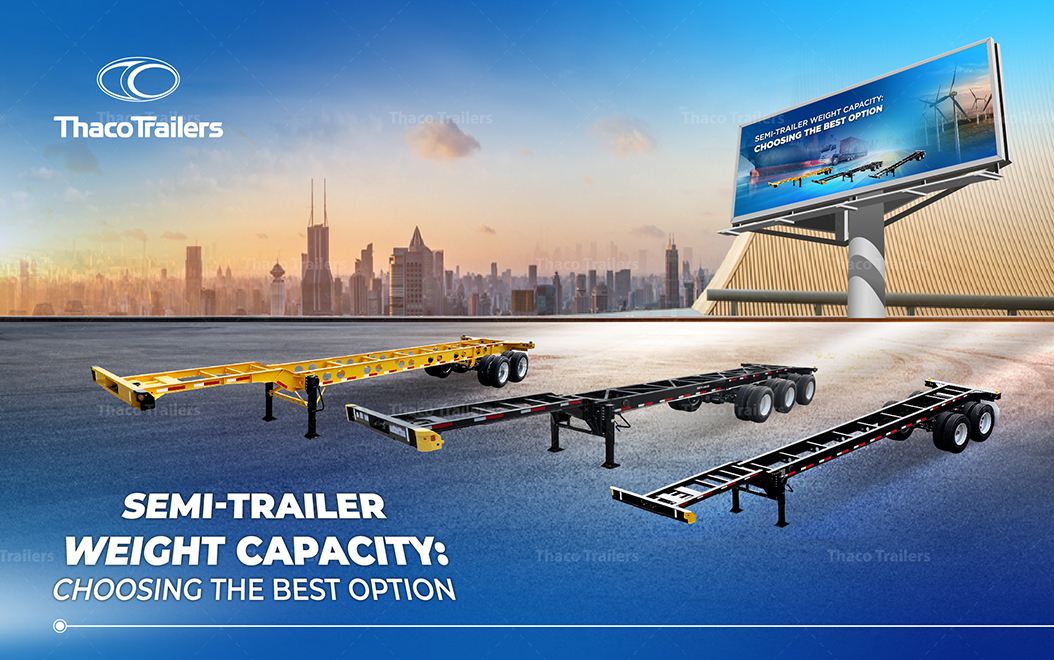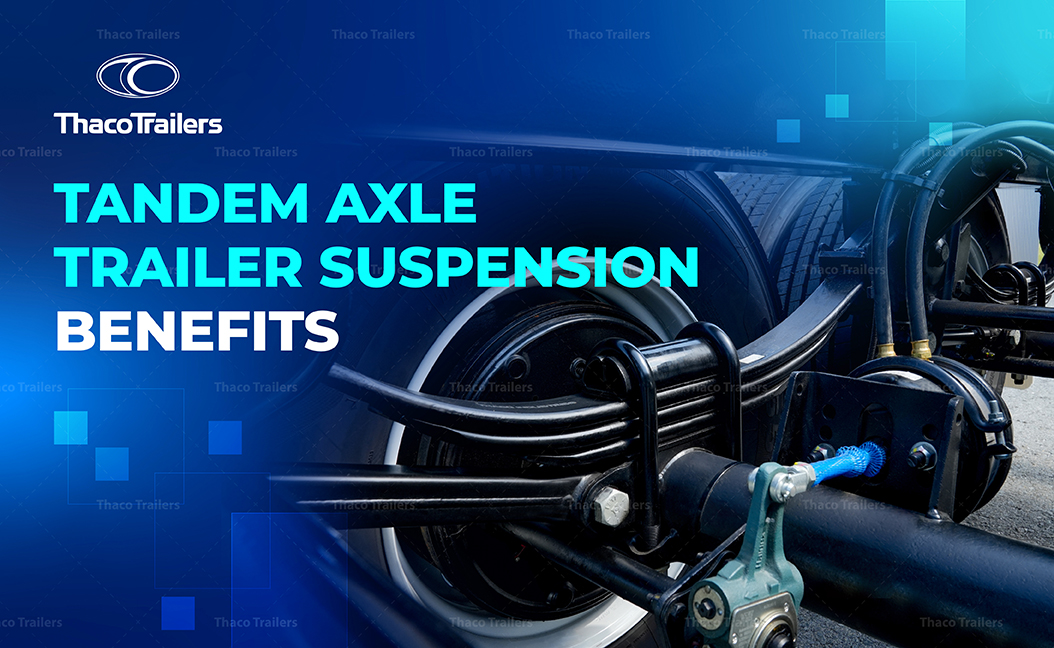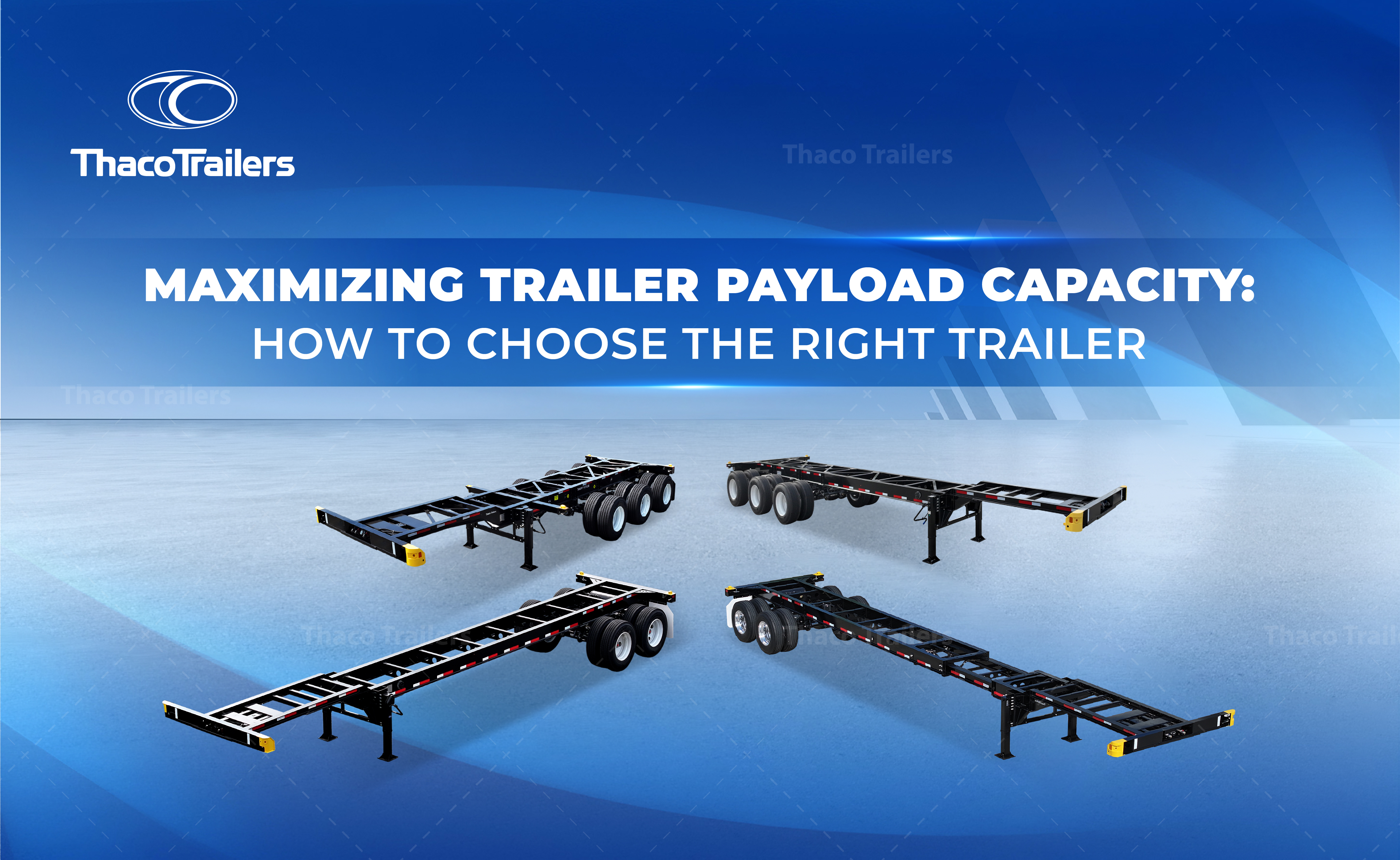THE ULTIMATE GUIDE TO EXTENDABLE FLATBED TRAILERS
An extendable flatbed trailer is specifically designed to transport long, heavy loads. Its length-adjustable platform allows it to carry cargo that exceeds the capacity of a standard flatbed. Featuring a versatile sliding mechanism, this trailer can extend to accommodate oversized loads, enabling fleets to transport extra-large cargo efficiently without requiring additional trailers.
Typically equipped with essential components such as headboards, rub rails, and tandem axles, and set to standard dock height, these trailers are ideal for loading from all sides. They are commonly used across industries such as construction, manufacturing, oil and gas, agriculture, and logistics to move structural beams, wind turbine blades, heavy machinery, and other industrial loads that exceed standard dimensions. With adjustable length and heavy load capacity, extendable flatbed trailers provide the flexibility, stability, and safety required for large-scale transport operations.
Specifications of extendable flatbed trailers
Length
Extendable flatbed trailers generally start at around 48 feet when fully retracted, offering a standard baseline for most loads. When needed, these trailers can extend up to 80 feet, allowing them to nearly double the length of a standard flatbed and accommodate much larger cargo. This flexibility makes extendable trailers ideal for transporting lengthy materials, such as beams or industrial equipment, without overhang.
Width
The standard width for an extendable flatbed trailer is 8.5 feet (102 inches), which aligns with common road regulations for standard loads. However, for freight that exceeds this width, transport companies typically need to secure additional permits to comply with legal requirements, especially for daytime-only transit in some states. This width provides ample space for loading wide cargo while still meeting standard transport regulations in most regions.
Height
The height of an extendable flatbed trailer is generally limited to around 8 feet, 6 inches, which allows most loads to remain within legal height restrictions for road transport. Some cargo may require permits if the height exceeds 9 feet, ensuring clearance under bridges and other infrastructure. Keeping within these height restrictions allows these trailers to be versatile while adhering to common transportation guidelines.
>> Read more:
How do extendable flatbed trailers work?
The extendable flatbed trailer includes several key mechanisms to ensure smooth extension and retraction, safe loading, and secure transport:
Extendable Mechanism
The extendable mechanism of an extendable flatbed trailer allows the trailer bed to expand to accommodate oversized cargo and then retract for convenient maneuverability and storage when not in use. This mechanism relies on a telescoping frame design, where an inner frame slides within an outer frame, similar to how a telescope operates, providing a flexible yet stable structure. Depending on the model, this extension system may use hydraulic or pneumatic cylinders for powered movement, or in simpler models, manual operation, all supported by locking pins that secure the frame at regular intervals to prevent shifting during transit.
Load Distribution and Stability
Load distribution and stability are critical for extendable flatbed trailers, especially when carrying long and heavy cargo over varied terrains. With multiple axles, typically 2 to 4, or more in specialized models, the trailer can distribute weight evenly across its length, reducing stress on individual axles and ensuring stability during transit. To further enhance safety, reinforced frames and cross members provide structural support, preventing sagging and minimizing risks associated with overhanging cargo, while adjustable axles and carefully placed load tie-down points maintain balance and compliance with road regulations.
Locking Mechanism for Safety
The locking mechanism on an extendable flatbed trailer is essential for securing the trailer bed in either its extended or retracted state, ensuring stability during transport. Heavy-duty locking pins are positioned along the telescoping sections, sliding into designated holes to firmly secure the inner and outer frames. This setup often includes multiple locking positions, allowing operators to adjust the trailer’s length precisely while guaranteeing that the frame remains stable, preventing any unintended shifting or movement that could jeopardize safety when hauling heavy loads.
>> Read more: Understanding flatbed semi trailers: Features and benefits
Key features of extendable flatbed trailer
Versatility
One of the standout features of an extendable flatbed trailer is its versatility, thanks to the adjustable telescoping frame that allows it to lengthen or retract as needed. When retracted, it can navigate regular routes with ease, but when extended, it accommodates heavy cargo such as structural beams or wind turbine blades up to 80 feet in length. This flexibility makes it ideal for companies needing a trailer type that can handle a wide variety of load sizes.
High load capacity
The extendable flatbed trailer is designed to carry heavy and long cargo. Typically, they can carry cargo weighing between 40,000 and 70,000 pounds, though there are also models constructed that can bear much higher weights. All that weight capability enables these trailers to carry steel pipes, heavy machinery, and other heavy industrial equipment. Coupled with adjustable axles to balance the weight and distribute it evenly, these trailers provide a very stable and secure option for hauling long and heavy cargo.
Heavy-duty durability
Extendable flatbed trailers are built with durability in mind, typically constructed from high-strength steel or a combination of steel and aluminum for maximum longevity and load stability. The reinforced beams and frame components ensure the trailer maintains structural integrity even when fully extended, withstanding the wear and tear associated with heavy, heavy freight. This durability is essential for industries requiring dependable equipment capable of handling demanding loads over long distances and across varied terrain.
>> Read more: Top container chassis manufacture exporter to the US
Thaco Trailers – Vietnam’s leading semi-trailer manufacturer, offering diverse configurations and sizes
Thaco Trailers operates the most extensive manufacturing facility in Southeast Asia, applying advanced technology and skilled manpower to deliver customized suspension systems tailored to meet specific logistical requirements. With an extensive R&D team that uses professional design and simulation software such as NX, TeamCenter, and Hyperworks, Thaco Trailers ensures each semi-trailer is meticulously designed and tested for quality and safety.

Thaco Trailers’ semi-trailers are meticulously engineered to meet stringent North American standards, including DOT, AAR, ANSI, TOFC, F(C)MVSS, SAE, and TTMA. Built using premium materials and components that adhere to JIS and ASTM standards, our products are sourced from globally renowned suppliers such as Hyundai Steel, Hoa Phat, POSCO, AXN, SAF HOLLAND, TECTRAN, and YORK. This rigorous attention to quality ensures that our semi-trailers deliver unmatched durability, reliability, and performance, making them a trusted choice for demanding transportation operations in North America. Furthermore, with a diverse range of solutions, focusing on three main product categories: intermodal chassis, special semi-trailers, and components/parts, Thaco Trailers offers customized options to meet specific transportation needs.
Thaco Trailers’ success is driven by a customer-focused approach, prioritizing flexibility and customization to meet diverse operational needs. We collaborate closely with clients, from initial design consultation to rigorous testing and inspection, ensuring each semi-trailer aligns precisely with their requirements. By integrating innovative design, high-quality manufacturing, and dedicated customer support, Thaco Trailers delivers durable, high-performance solutions that help businesses optimize costs and improve efficiency in their transport operations.
Contact Information:
- Hotline: (+84) 933 805 707
- Email address: thacosv@thaco.com.vn
>> Read more:

